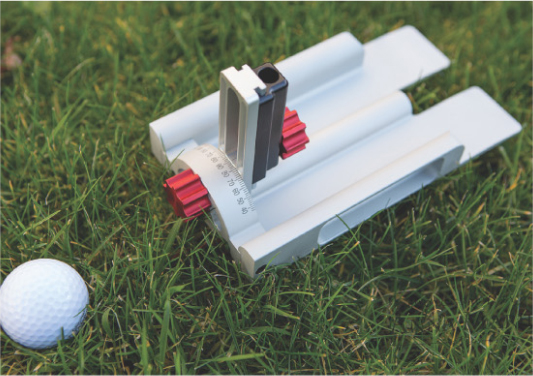Editorial – Get Informed or Risk Getting Left Behind
Back in the 1990s, I authored an article for Golf Teaching Pro about a statistical study in Golf Digest that showed the most important statistic in relation to overall scoring average was greens in regulation. Readmore




